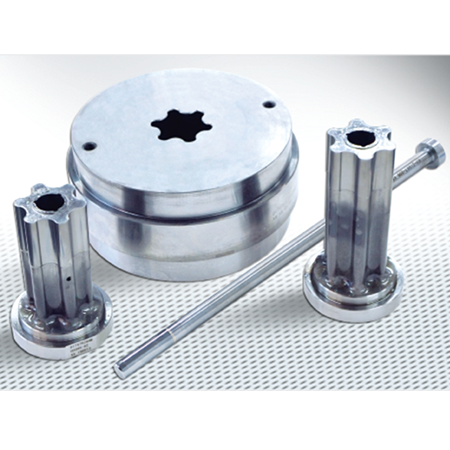
Powder Metallurgy Mold Manufacturing
Principles of powder metallurgy
The raw materials are reduced to powder by physical or chemical methods, and the powder is formed into blanks of a specific shape and size using powder forming equipment, injection molding, and other methods. Finally, the formed blank is heated by sintering to cause bonding and diffusion between the powder particles, ultimately forming a dense metal or composite material.
Mold manufacturing process
Mold making is a complex and delicate process that requires comprehensive consideration of design, material selection, processing and assembly.
1. Design
Our company's designers use CAD and other design software to design molds based on product needs and process requirements. During the design process, factors such as layout, structure, size and accuracy of the mold must be fully considered, and the structural layout of the mold should be reasonably arranged so that it not only meets production requirements but is also easy to manufacture and assemble, and the size and tolerance of the mold should be strictly controlled to ensure that the product precision and quality to meet product production requirements.
2. Material selection
When selecting materials, factors such as mechanical properties, corrosion resistance, wear resistance and cost must be fully considered. Commonly used mold materials include steel, carbide, ceramic, etc. Each material has its own unique properties and applications.
3. Processing links
It mainly includes three stages: roughing, semi-finishing and finishing. Each stage has different processing requirements and processing methods. During the machining process, it is necessary to ensure that the dimensional accuracy, shape accuracy and surface roughness meet the design requirements. At the same time, machining efficiency and cost control must be considered.
Key technologies:
CNC Machining: CNC machine tools are used for high-precision machining to ensure the dimensional accuracy of each part of the mold.
Machining process control: Reasonably arrange the processing sequence and select appropriate tools and cutting parameters to improve processing efficiency and reduce costs.
Surface treatment: Polishing and coating the mold surface to improve its wear resistance, corrosion resistance and fatigue resistance.









